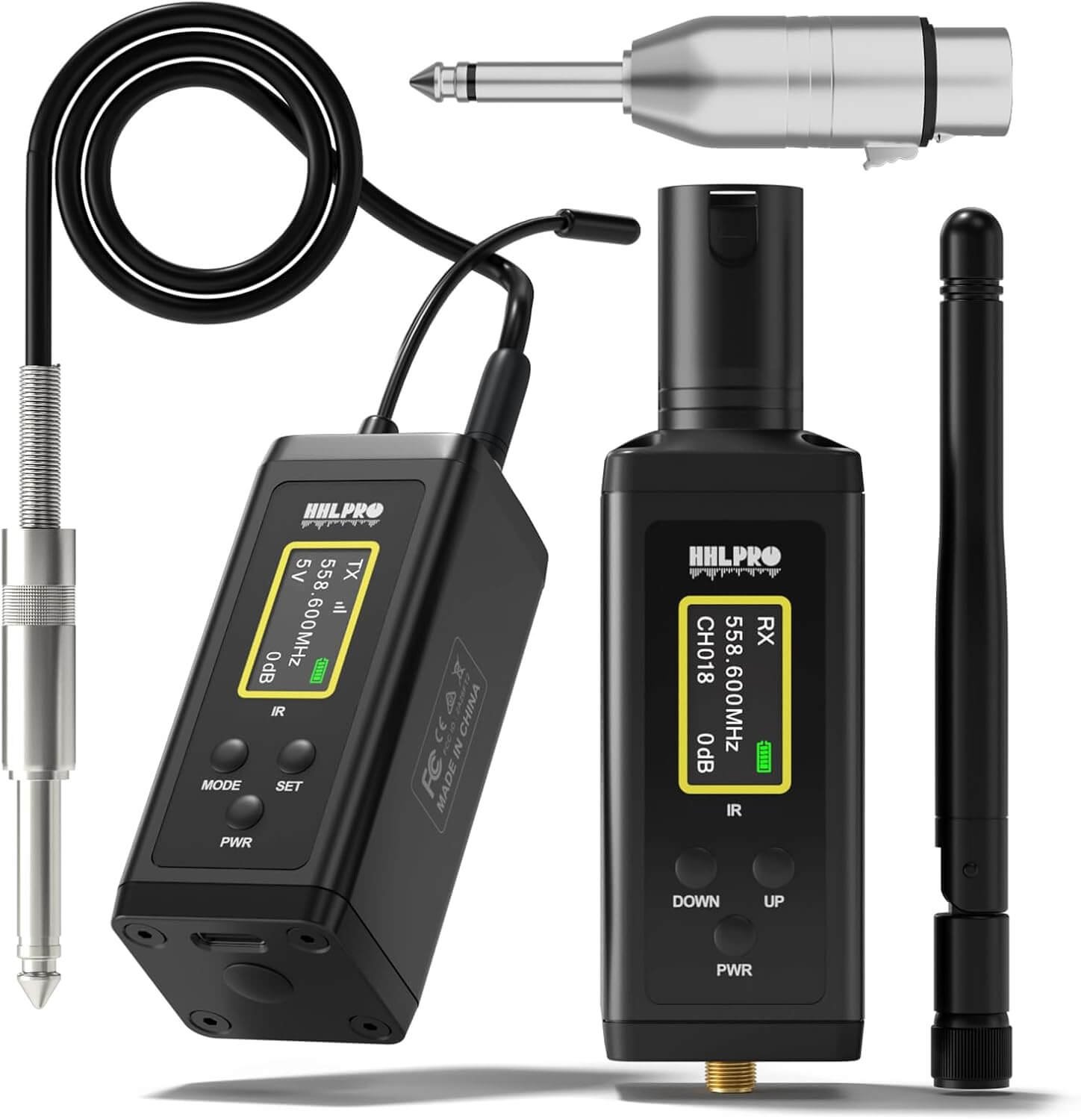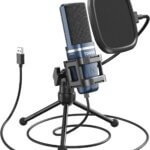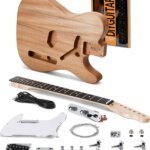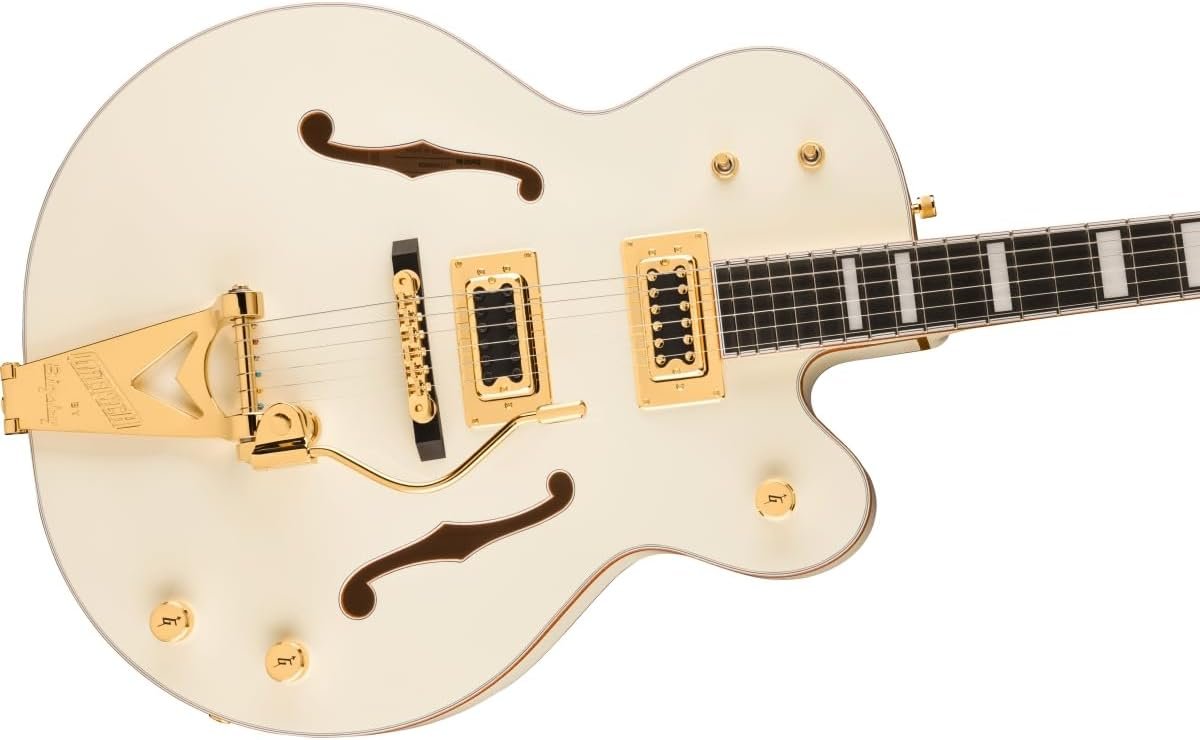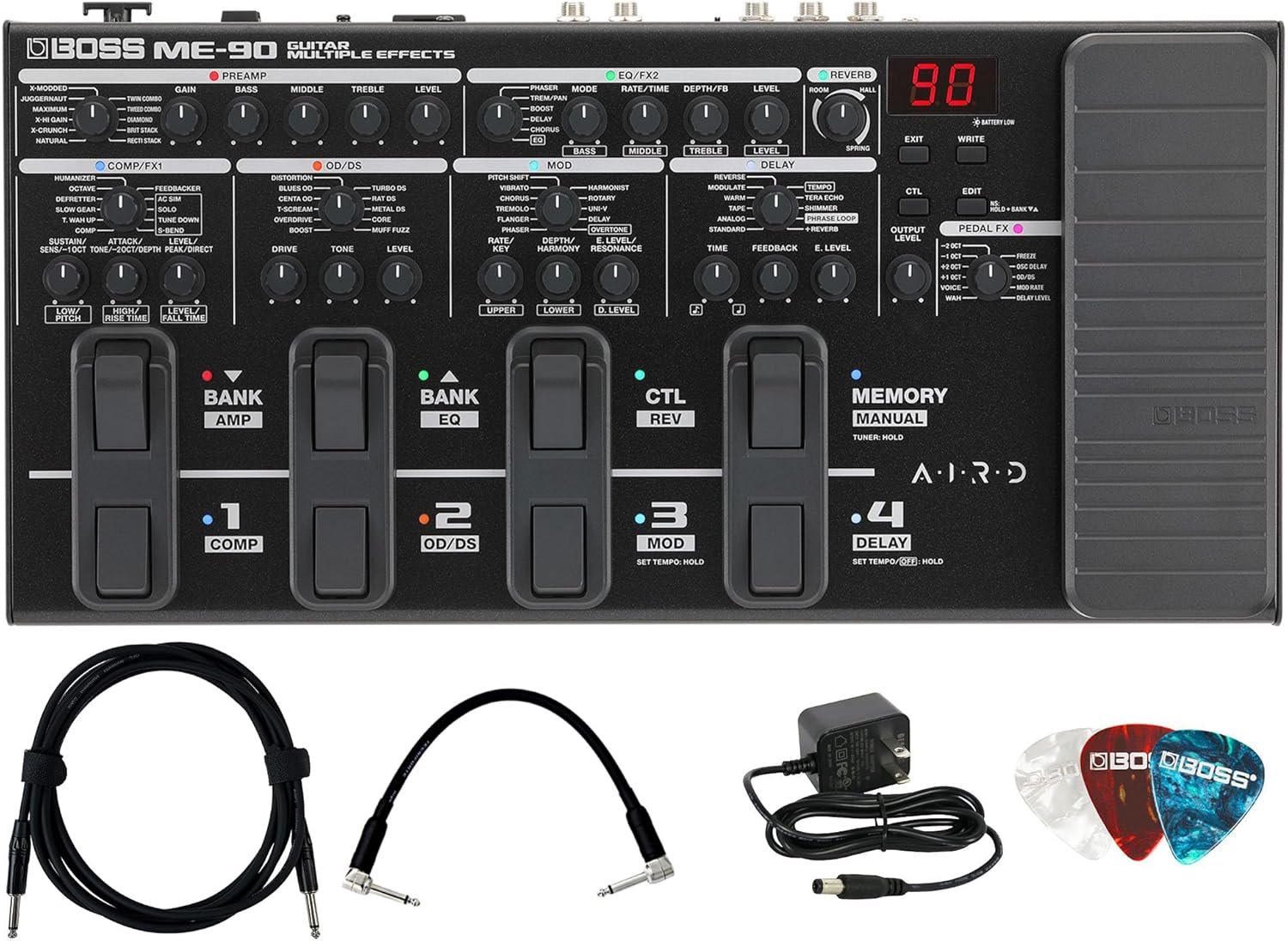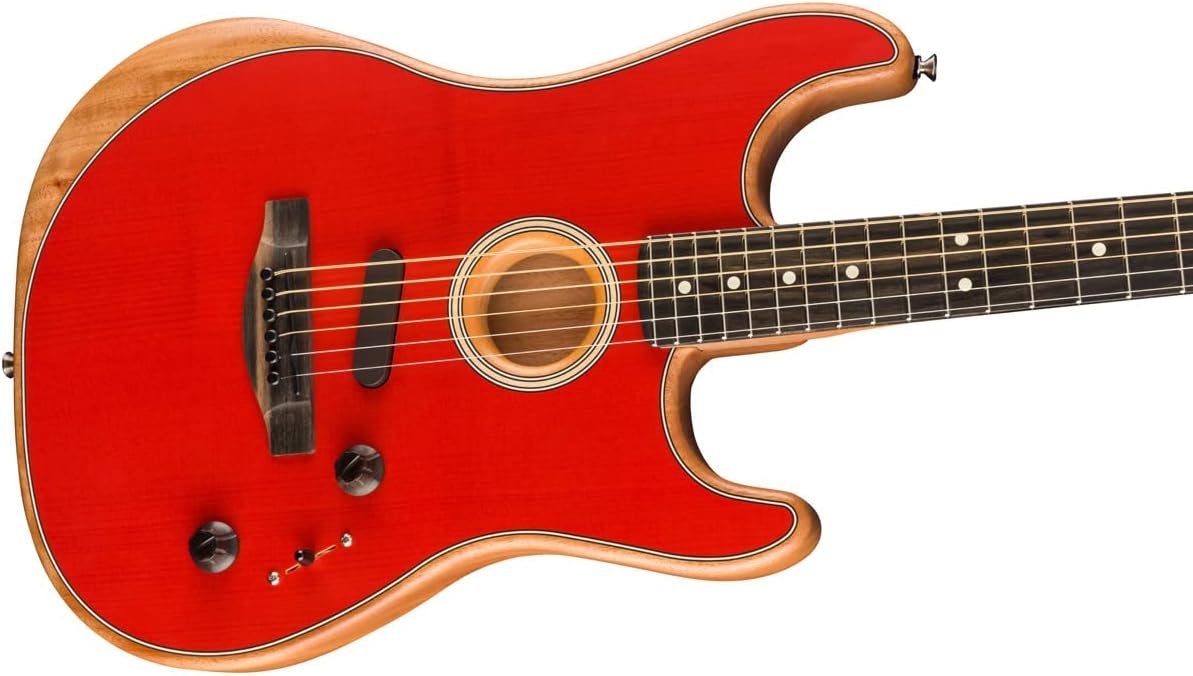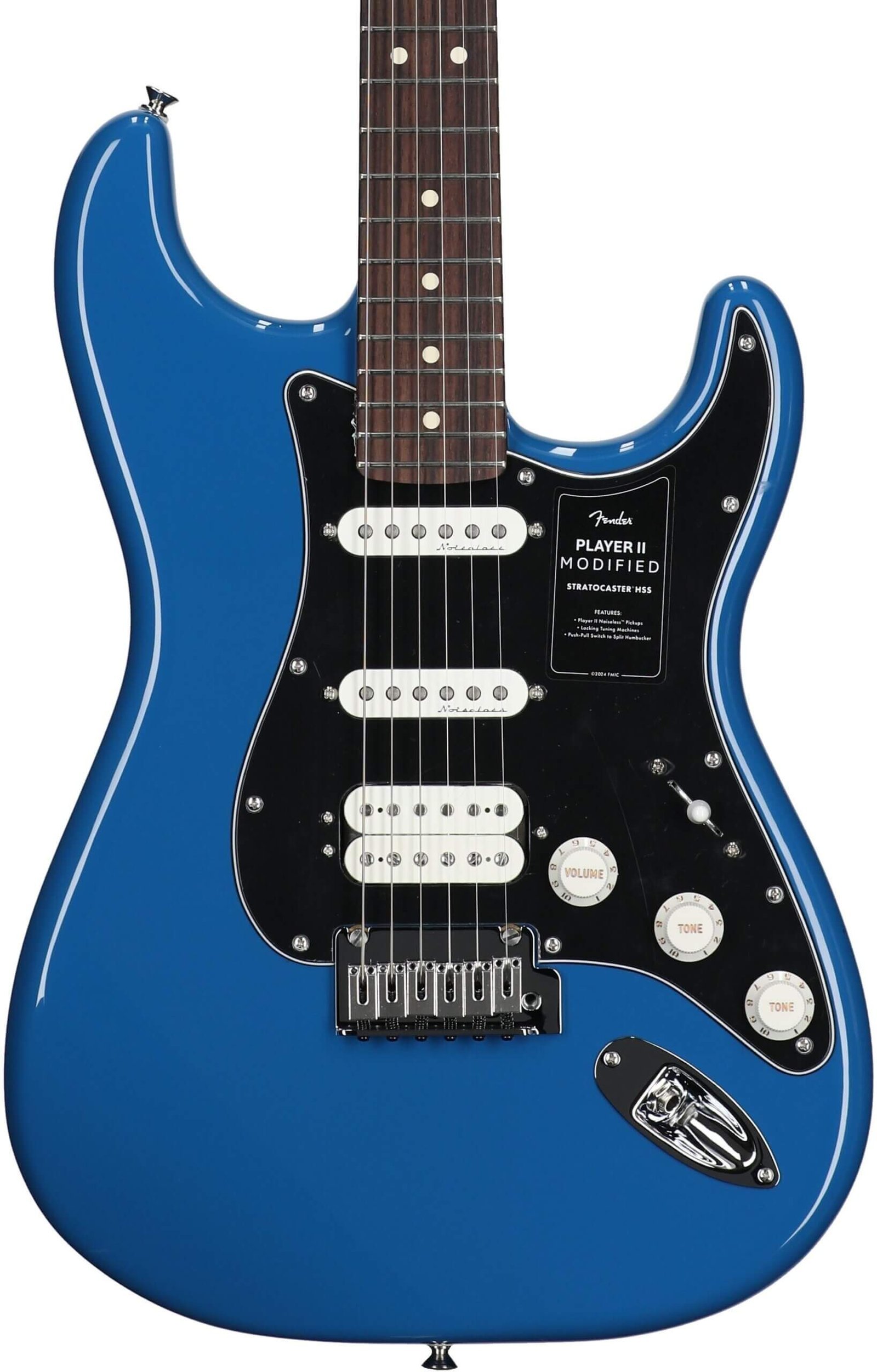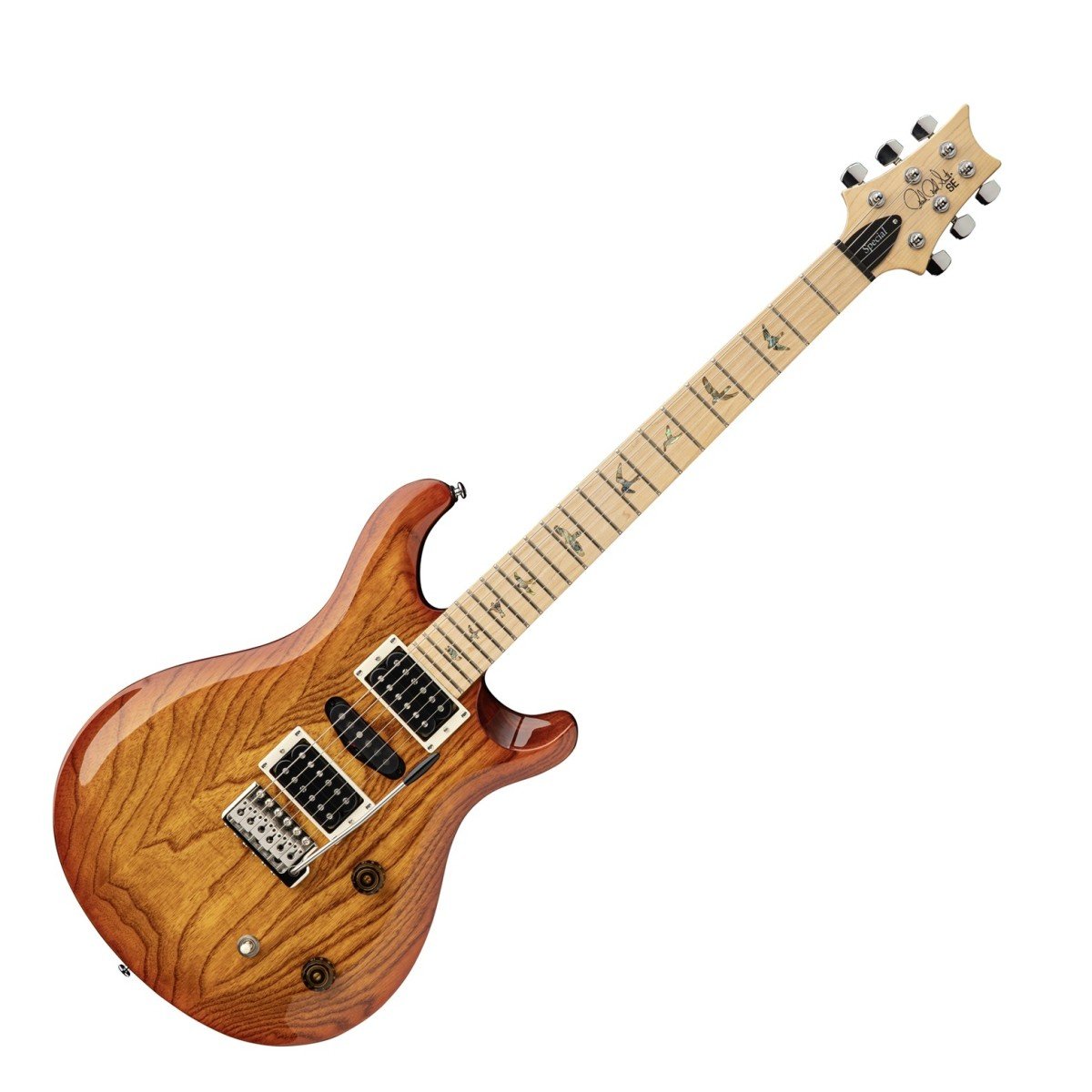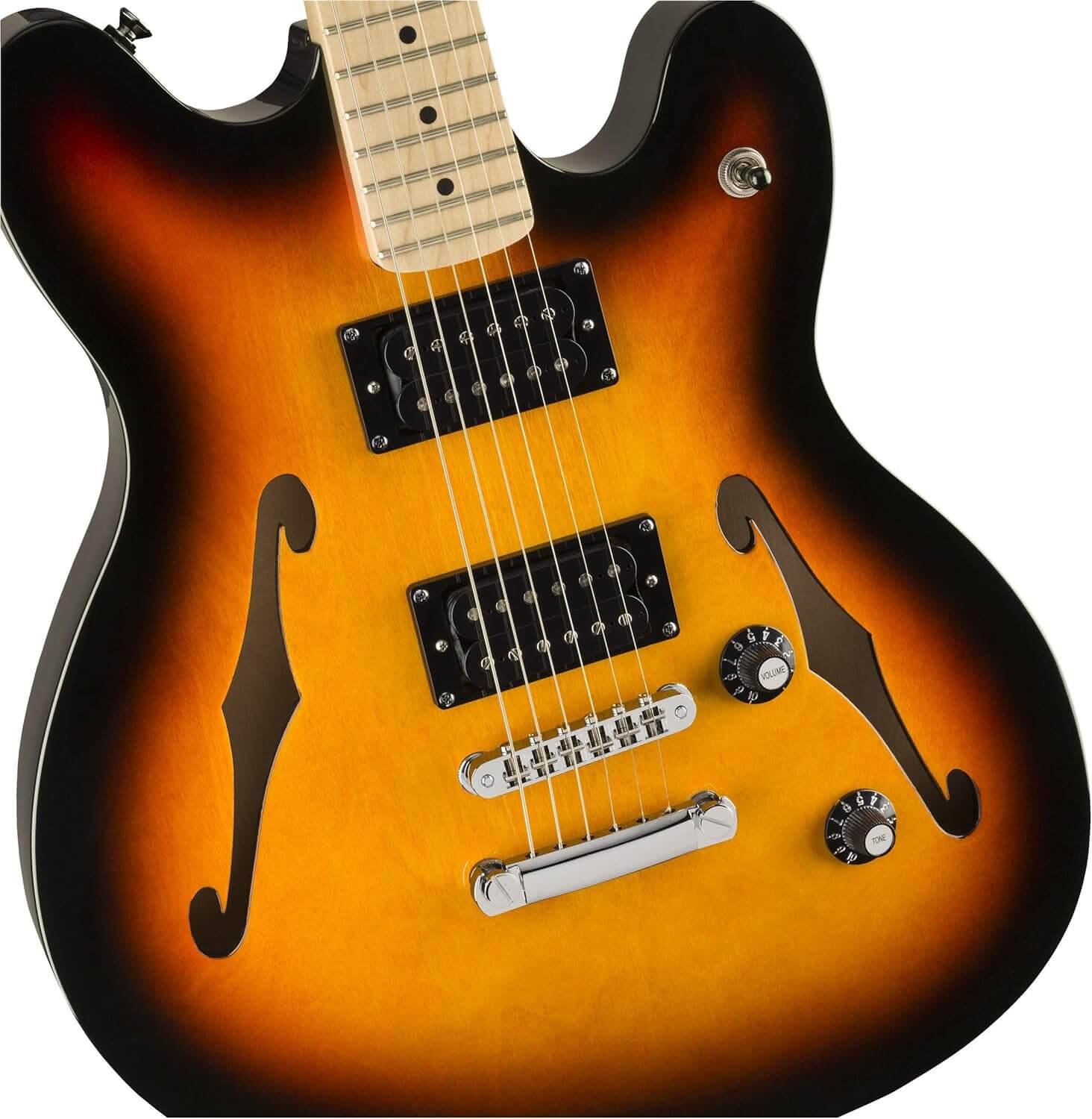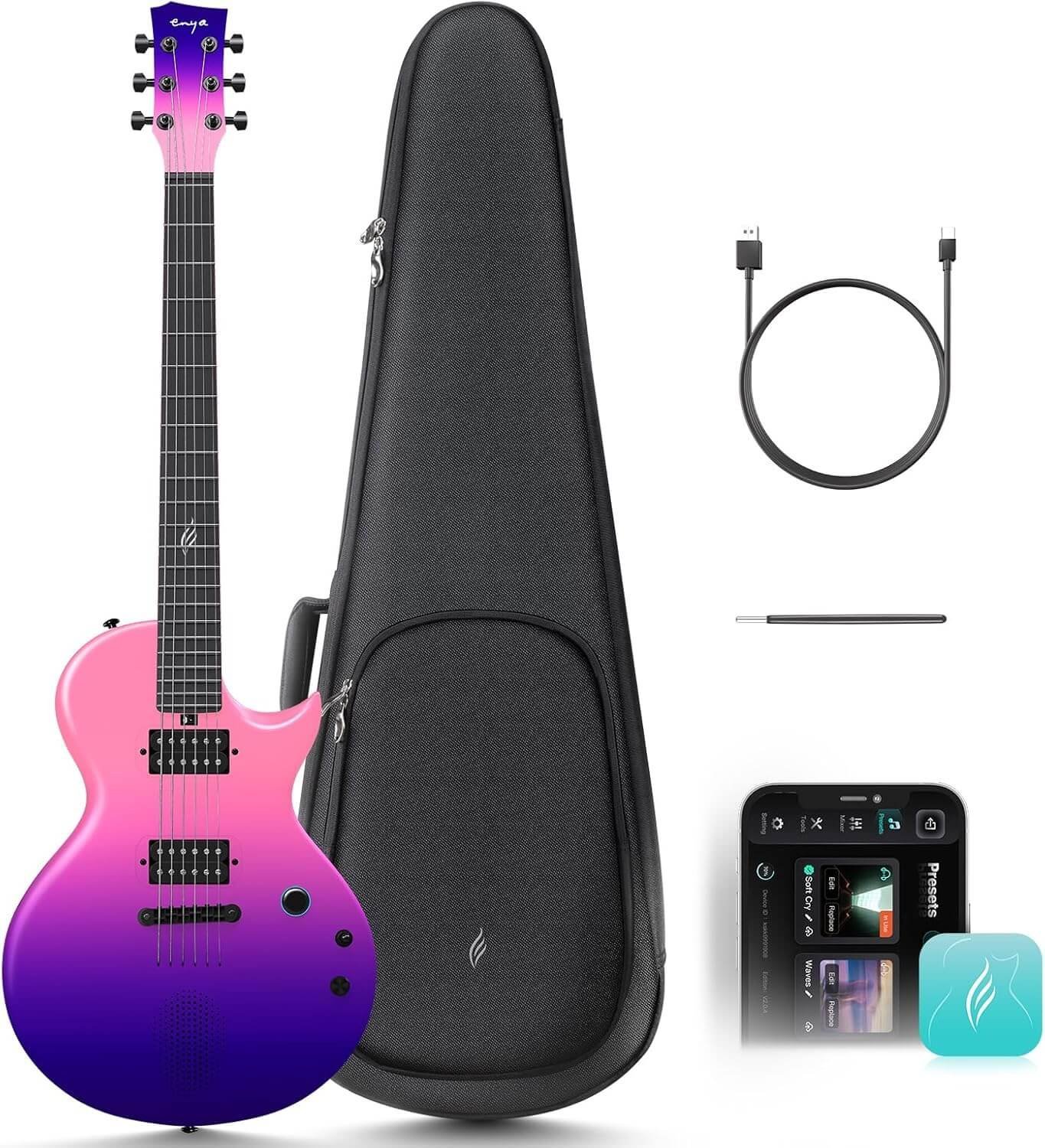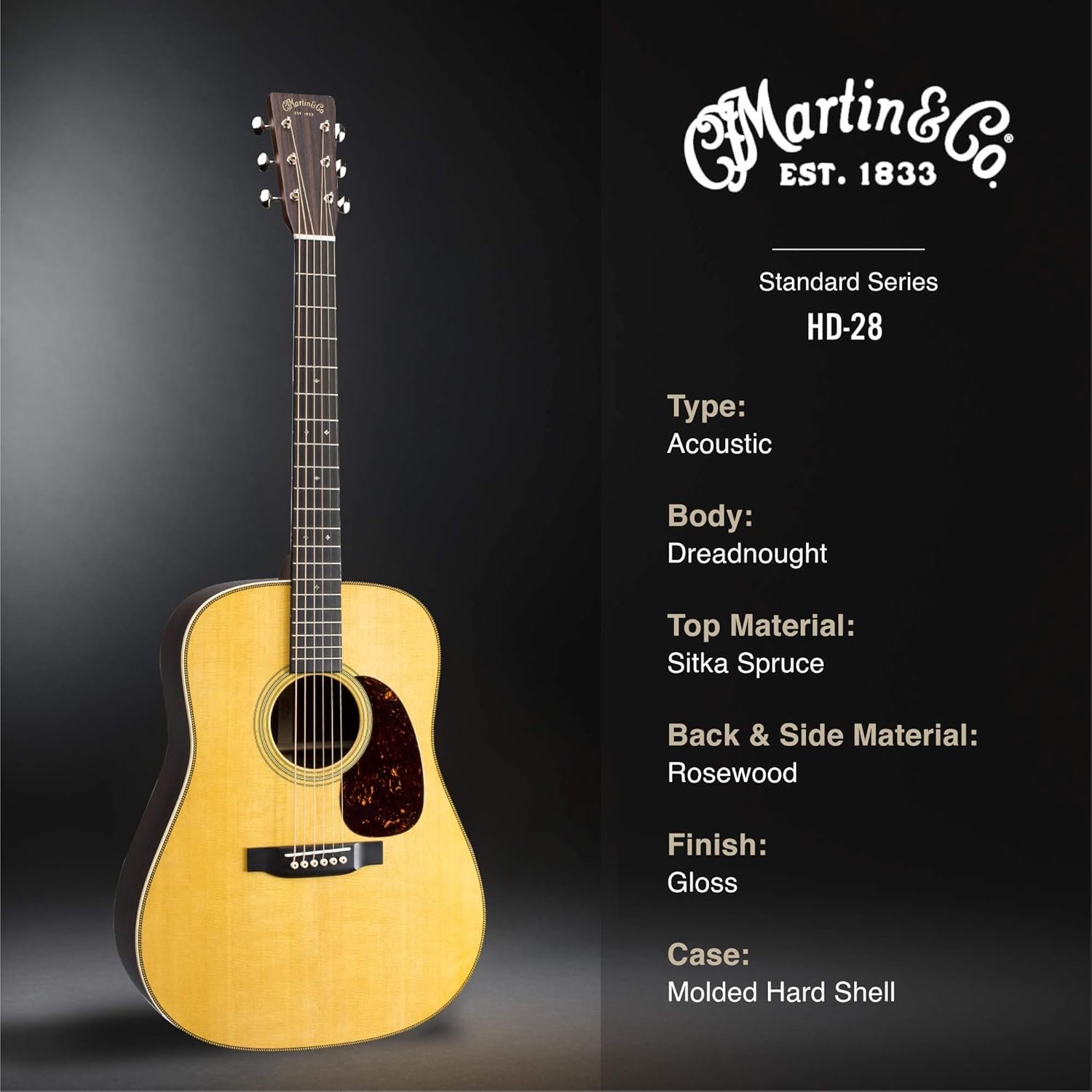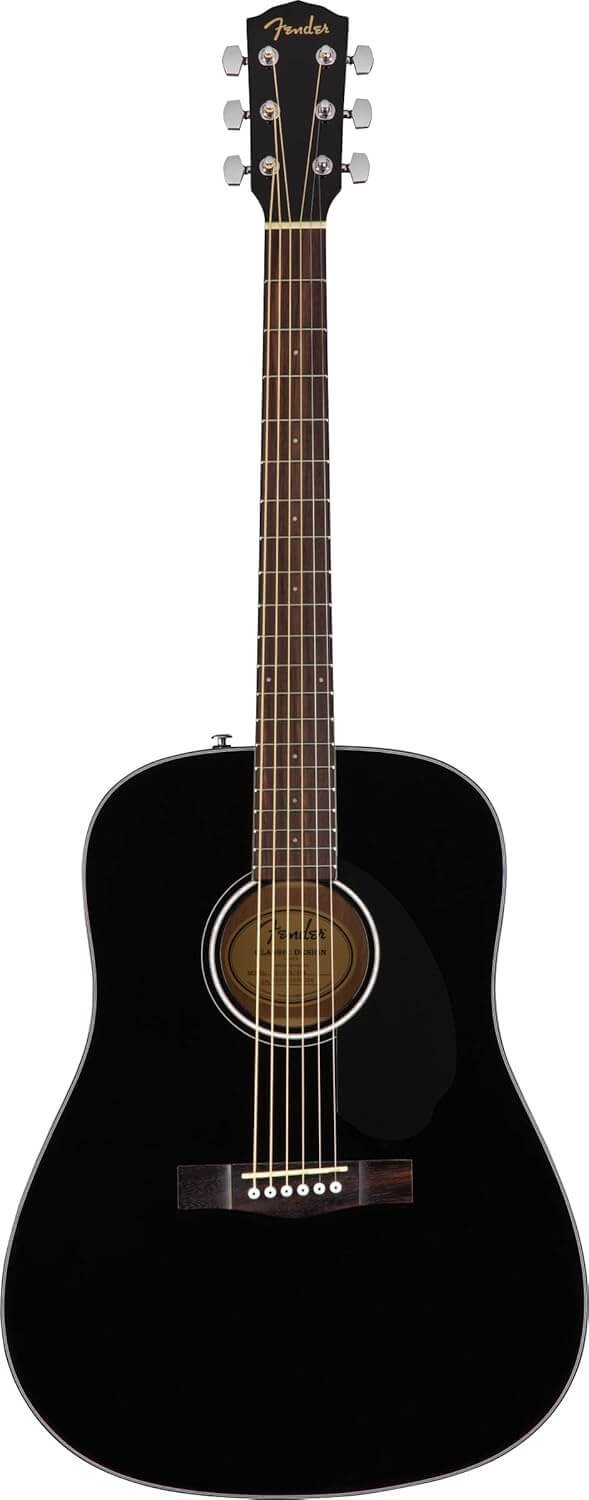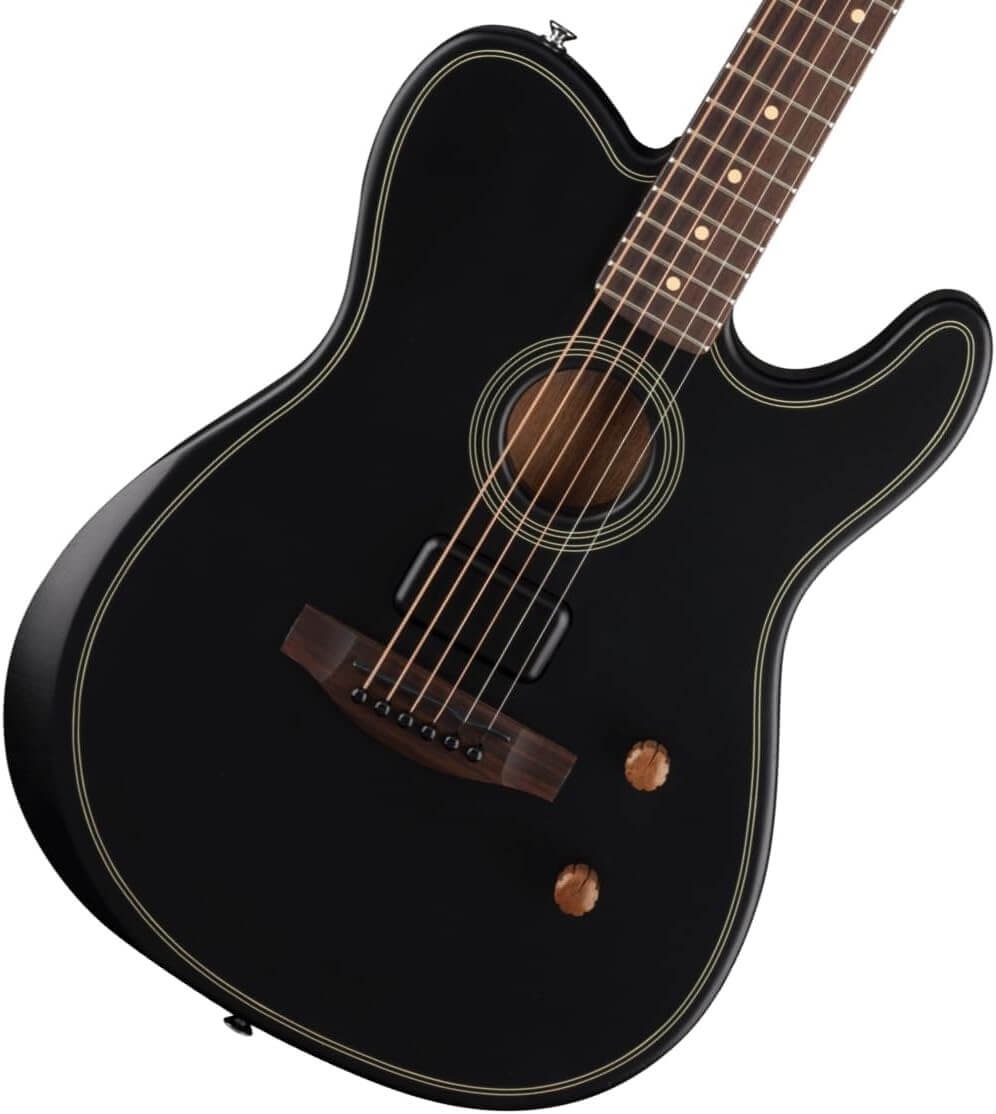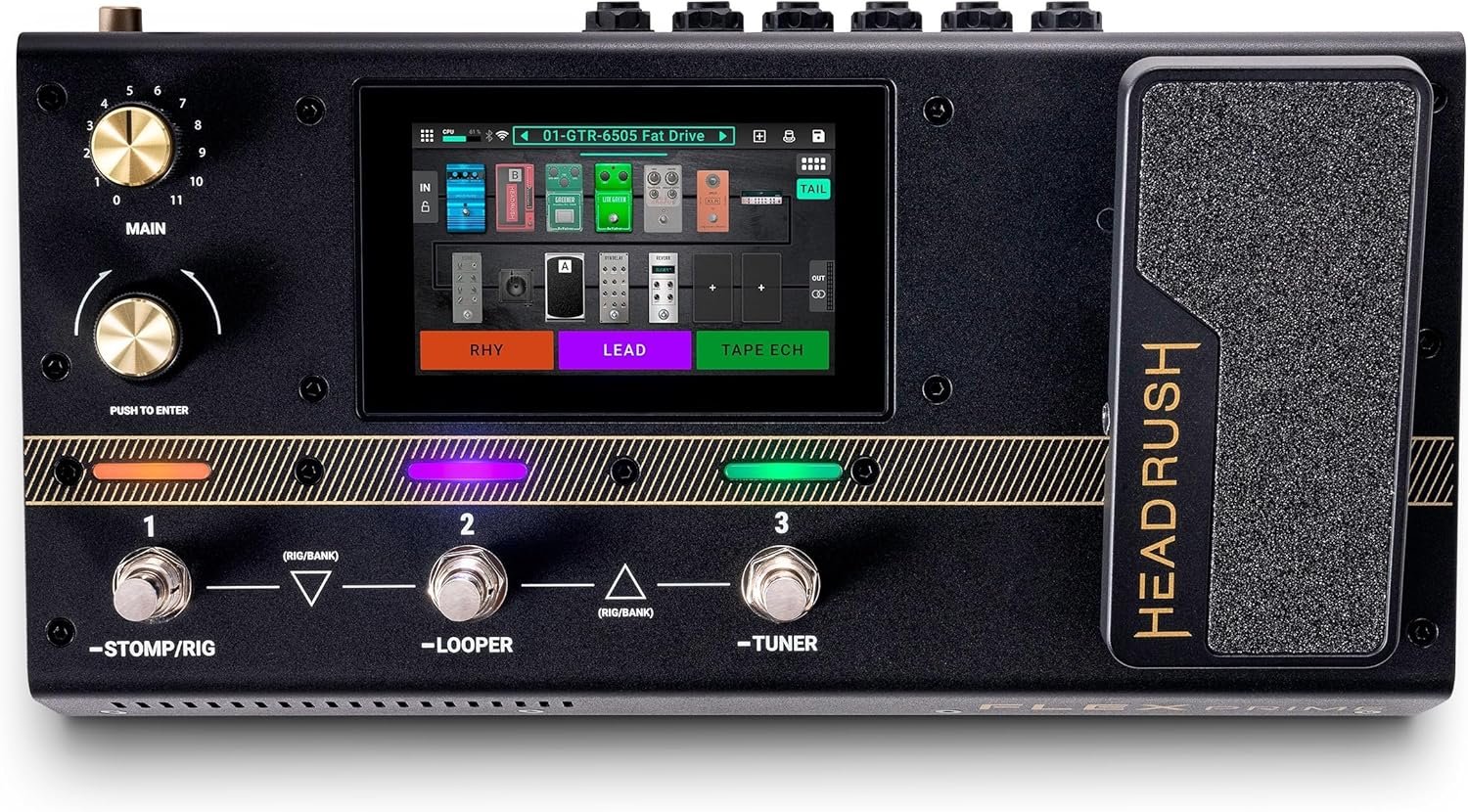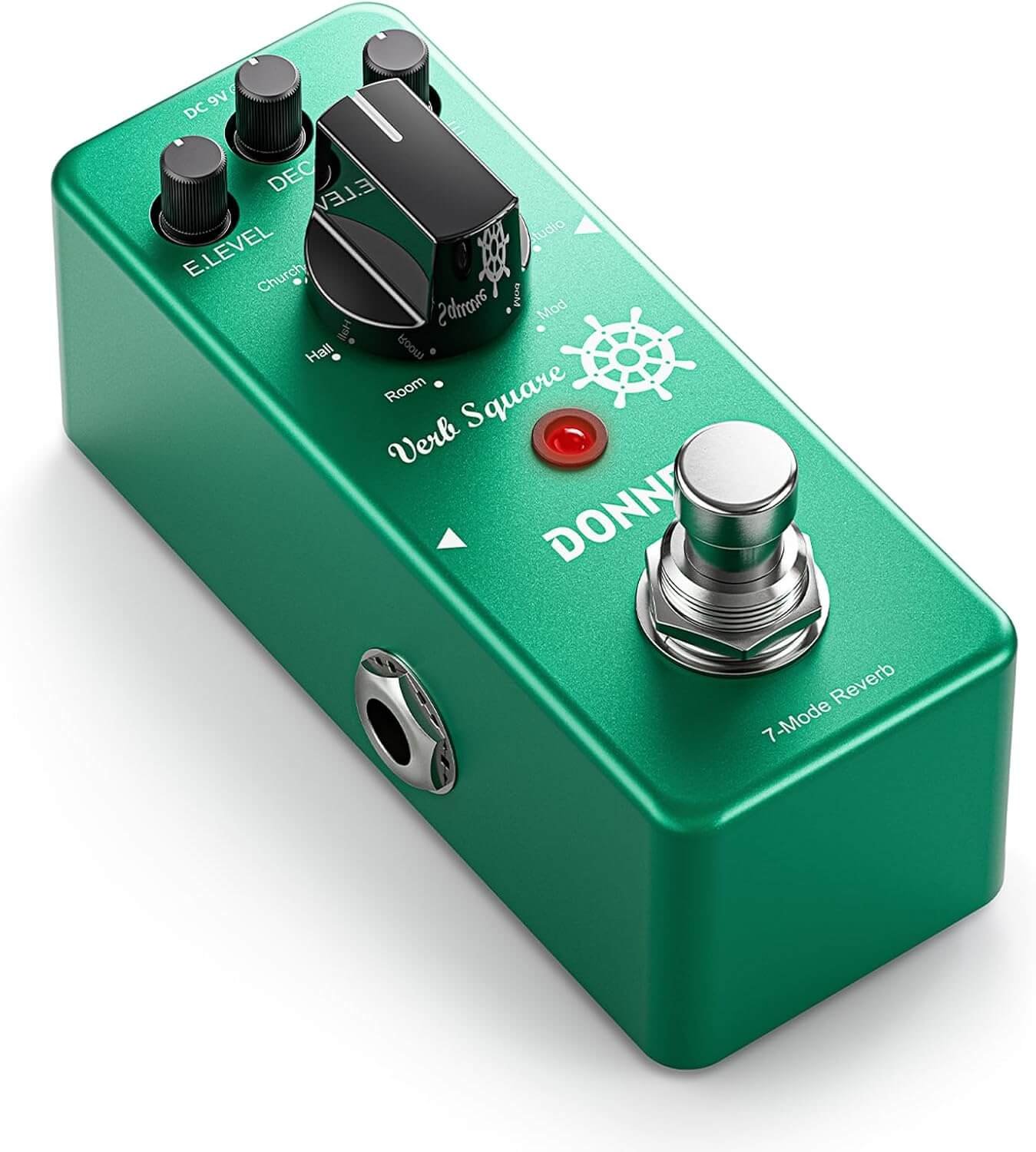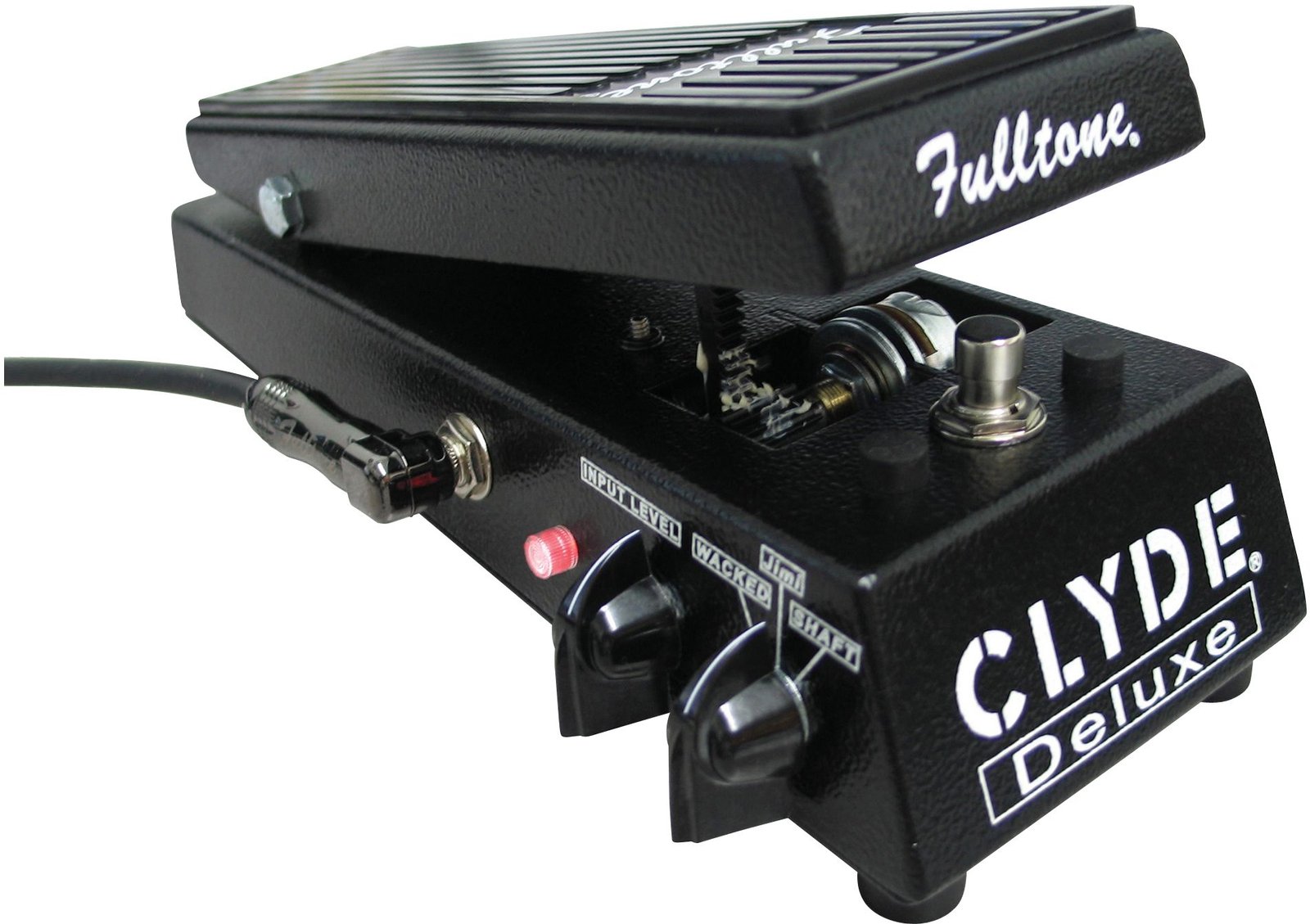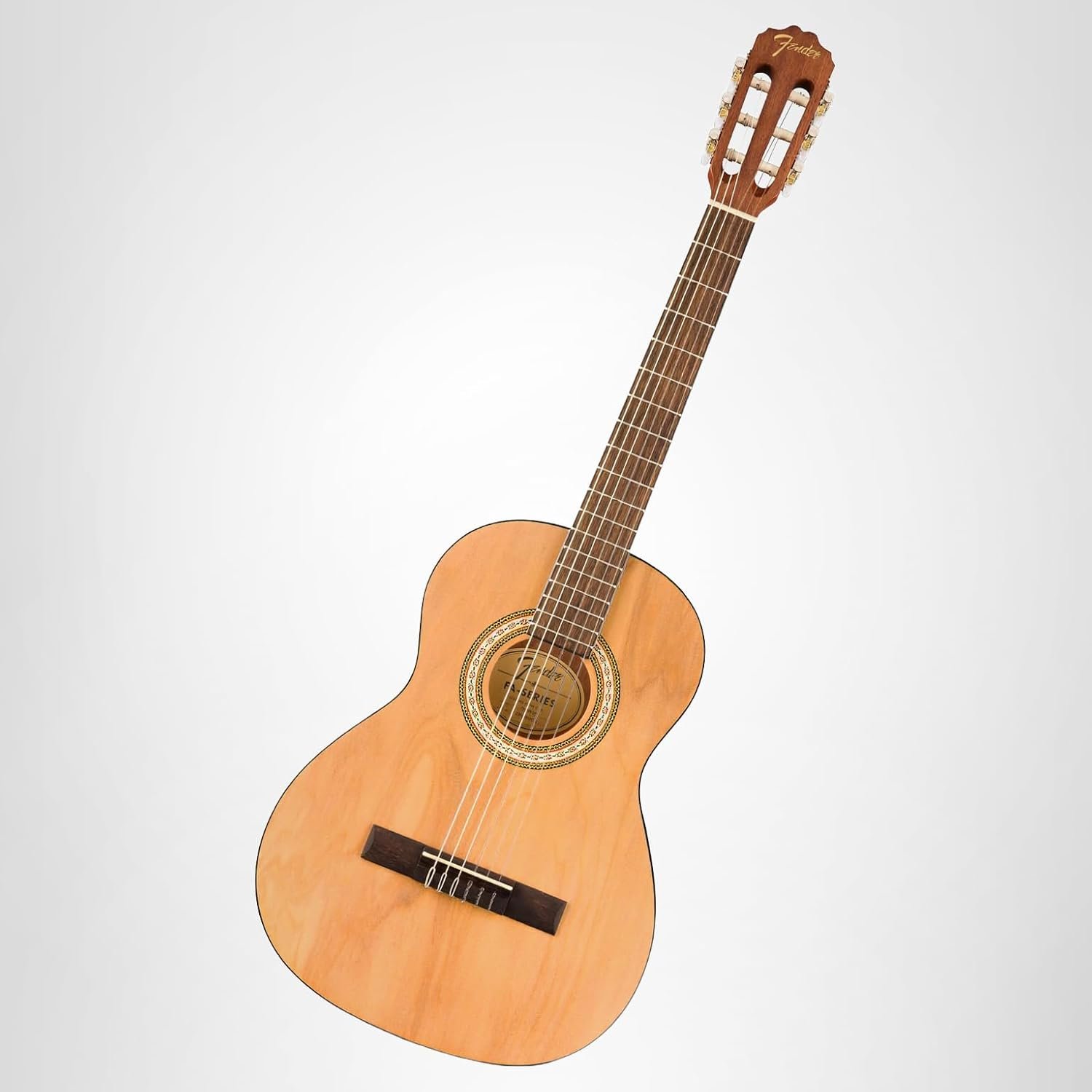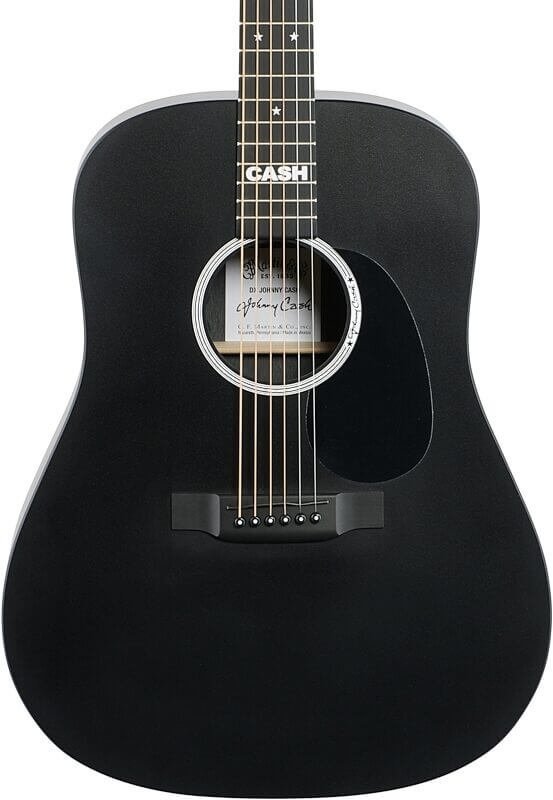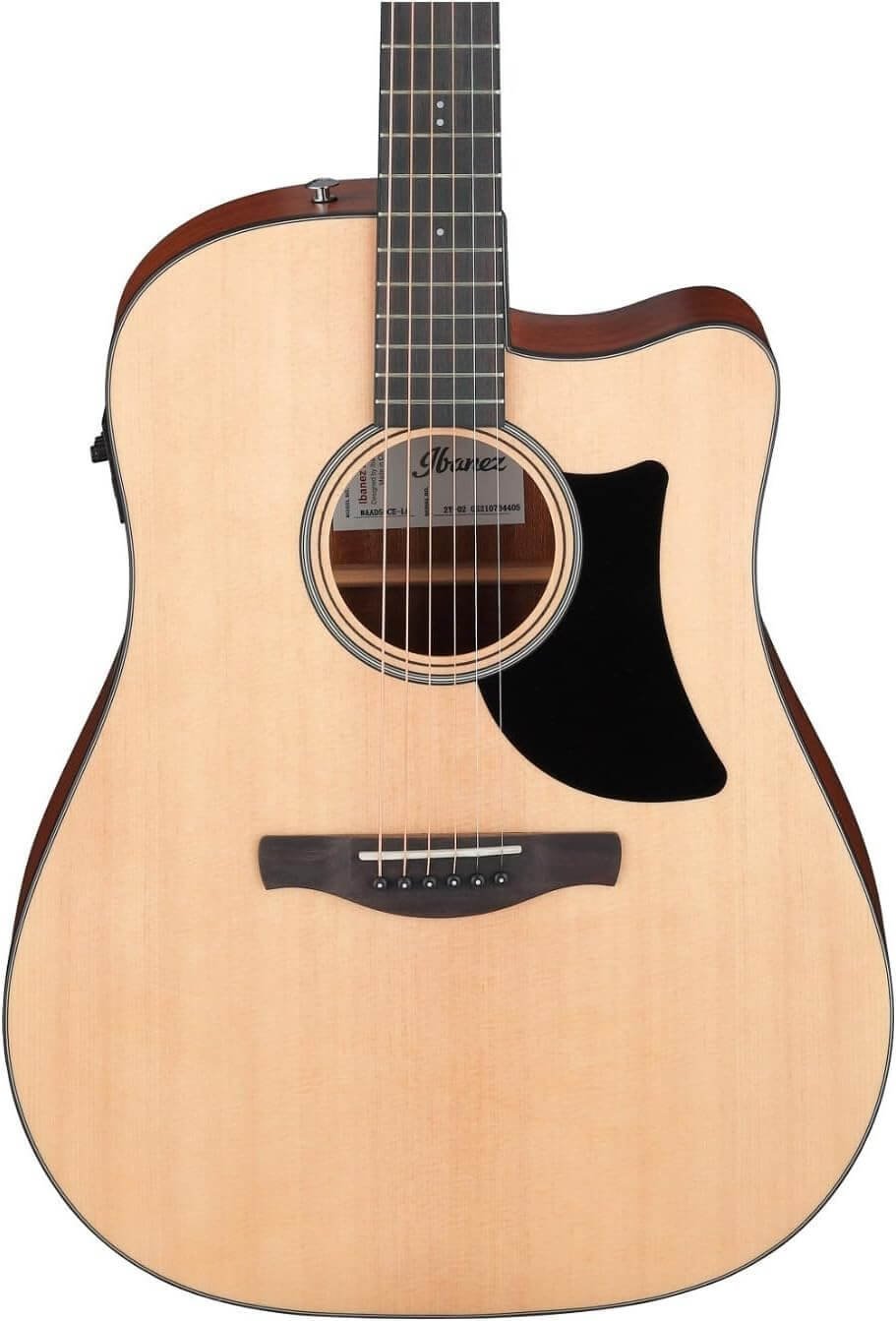Introduction to UHF Wireless Guitar Systems
UHF wireless guitar systems represent a significant evolution in the way musicians interact with their instruments. Using Ultra High Frequency (UHF) technology, these systems establish a wireless connection between the guitarist or bassist and their amplifier or effects pedal, allowing for an unparalleled sense of freedom and mobility during performances and practice sessions. By eliminating the constraints of traditional wired connections, musicians are able to move about the stage or rehearsal space without being tethered, enhancing their overall performance experience.
The UHF wireless guitar system operates at frequencies between 300 MHz and 3 GHz, which are less prone to interference, providing a clear and stable transmission of audio signals. This reliability is crucial during live performances, where interruptions or audio dropout can detract from the audience’s experience. With their ability to cover a significant range, UHF systems allow musicians to roam freely without compromising sound quality. This is particularly beneficial for guitarists and bassists, who often engage in dynamic performances that require significant movement.
Investing in a high-quality UHF wireless guitar system is worthwhile for several reasons. Firstly, it offers musicians the ability to perform confidently, knowing that they can move around the stage without worrying about tripping over cables. Secondly, many UHF systems are designed with robust construction, providing durability that is essential for gigging musicians who frequently travel. Moreover, contemporary UHF systems come with advanced features such as automatic frequency scanning and multi-channel functionality, making them user-friendly and adaptable to various environments.
As a result, for both amateur and professional musicians, a UHF wireless guitar system is not merely an accessory but a critical component that enhances performance, offering both convenience and superior sound quality. With the increasing reliance on electronic instruments, adopting this technology is rapidly becoming a necessity for those who wish to elevate their musical experience.
Key Features of the UHF Wireless Guitar System
The UHF wireless guitar system is designed to enhance the performance of musicians, providing them with the freedom to move without the constraints of traditional cables. One of its standout features is the impressive operational range of up to 260 feet. This extended range allows guitarists to perform across large stages without losing audio quality or connection reliability, ensuring an uninterrupted playing experience. Whether in a small venue or a large arena, this flexibility is invaluable for performers seeking mobility.
Additionally, the system boasts 32 channels to choose from, enabling musicians to avoid interference that may arise from other wireless devices in use. This feature ensures a stable and clear sound transmission, which is particularly critical in crowded environments where multiple wireless signals may overlap. The ability to switch between channels allows users to quickly resolve any unwanted noise or disruptions, making the UHF wireless guitar system a reliable choice for both rehearsals and live performances.
Another notable feature is the dual volume control functionality. This allows guitarists to adjust the output level independently for both the instrument and the receiver, enabling them to fine-tune their sound to meet their specific performance requirements. This level of control provides greater versatility, allowing musicians to easily adapt their sound based on the acoustic properties of different venues or their personal preferences. As a result, the UHF wireless guitar system not only facilitates an effortless playing experience but also empowers artists to present their music in its best light.
In conclusion, the key features of the UHF wireless guitar system, including its expansive range, multiple channels for interference-free operation, and dual volume controls, combine to offer a powerful solution for musicians looking to elevate their performances. With these capabilities, the system addresses the common challenges of live music performances, allowing for greater creativity and expression on stage.
Advantages of Going Wireless
The adoption of a UHF wireless guitar system offers a multitude of benefits over conventional wired setups, significantly enhancing a musician’s performance. One of the primary advantages lies in the freedom of movement it affords artists on stage. Without the restriction of cables, guitarists can easily navigate, engage with the audience, and interact with other band members, allowing for a more dynamic and captivating performance. Many musicians report feeling more confident and expressive when they are not tethered to their equipment, enabling them to deliver a more polished show.
Additionally, the use of a wireless system reduces stage clutter, creating a more organized environment. The elimination of cords minimizes the risk of tripping hazards, making the performance space safer for both musicians and crew members. This is especially important during energetic performances where movement is key. The streamlined setup not only enhances safety but also improves the aesthetics of the stage, allowing the focus to remain on the artistic elements of the performance rather than distracting cables.
Musicians who have transitioned to wireless technology often share personal anecdotes about their improved experience. For instance, one guitarist noted how a UHF wireless guitar system allowed them to move around the venue freely, interacting with fans during solos, which created a unique connection that had previously been difficult to achieve. Another performer emphasized the convenience of quick setup and breakdown, noting that they could quickly switch between instruments without fumbling with plugs and cables. These stories illustrate that a wireless system not only enhances practical performance aspects but also enriches the connection between the artist and their audience.
In conclusion, the advantages of switching to a UHF wireless guitar system go beyond mere convenience; they encompass enhanced performance capabilities, flexible movement, and reduced stage clutter, ultimately contributing to a more engaging musical experience.
How to Set Up the UHF Wireless Guitar System
Setting up a UHF wireless guitar system is a straightforward process that can significantly enhance your playing experience by offering the freedom of movement without the limitations of traditional cables. To begin, ensure that all components of the system are present: the transmitter, receiver, guitar cable, and power adapter. Once you have confirmed that you have everything, follow these detailed steps.
First, position the receiver in a suitable location, preferably close to the amplifier or audio interface. Connect the receiver to your amplifier using the provided output jack. Ensure that the receiver is powered on, as it will need to establish a connection with the transmitter. Once powered, the receiver will typically display a signal light indicating its operational status.
Next, prepare the transmitter by inserting the guitar cable into the output jack of your guitar. The other end connects to the transmitter input. Make sure the transmitter is turned on, as it will need to communicate with the receiver. Adjust the volume settings on the transmitter before plugging in to avoid any unexpected loud bursts of sound.
After both units are powered, select a channel on the transmitter and match it with the receiver. This step is crucial for effective communication between the two devices. Most UHF wireless guitar systems have an automatic scanning feature, making it easier to find an available channel by searching for interference-free frequencies. Once the channels are aligned, you should see a solid indicator light on both units confirming their connection.
Finally, perform a sound check by strumming your guitar and monitoring the receiver’s output. Adjust the gain on both the transmitter and the receiver as necessary to ensure a clear and balanced sound. This entire setup process is designed to be user-friendly, allowing guitarists to quickly integrate a UHF wireless system into their performance routine.
Rechargeable Convenience: Why It Matters
The advent of rechargeable technology has significantly transformed the landscape of musical accessories, especially for guitarists who rely on the UHF wireless guitar system. One of the most compelling advantages of this innovation is its environmental impact. Rechargeable audio XLR wireless guitar transmitters and receivers reduce the need for disposable batteries, which often end up in landfills, contributing to environmental pollution. By opting for rechargeable solutions, musicians take a step towards sustainability, promoting a greener future.
Additionally, the economic benefits cannot be overlooked. Though the initial investment in a rechargeable system may be higher than its non-rechargeable counterparts, the long-term savings are substantial. Musicians no longer need to repeatedly purchase new batteries, leading to reduced operational costs over time. This financial relief allows artists to allocate resources towards other essential equipment or musical endeavors.
In practical terms, having a rechargeable UHF wireless guitar system enhances the convenience offered to performers. Musicians can prepare for performances without the added stress of changing batteries. A fully charged unit ensures reliability, allowing for uninterrupted sessions during rehearsals and live shows. The convenience of knowing that the device is ready to go, paired with the peace of mind regarding battery life, empowers guitarists to concentrate on their artistry rather than logistics.
Ultimately, the integration of rechargeable features in a wireless guitar system presents numerous advantages. It promotes environmental sustainability, provides economic efficiency, and enhances the overall performance experience for musicians. By investing in a rechargeable audio XLR wireless guitar transmitter and receiver, musicians not only elevate their performances but also contribute positively to both their finances and the planet.
User Experience and Customer Reviews
The UHF wireless guitar system has garnered a varied assortment of feedback from users across different skill levels and performance settings. A recurring theme in these reviews is the sound quality that the system delivers. Many users commend its clear audio transmission, which preserves the nuances of their guitar sound during live performances. According to several comments, the system’s ability to minimize interference was particularly noted, allowing musicians to focus solely on their performance without worrying about sound dropout or disruption.
Ease of use is another characteristic frequently highlighted by users. Reviewers appreciate the straightforward setup process, which requires minimal technical knowledge. Numerous customers have shared their satisfaction with the quick pairing procedure between the transmitter and receiver, enabling musicians to get started almost instantly. This feature is particularly attractive to new players or those who may not have extensive experience with wireless equipment, emphasizing that the UHF wireless guitar system is user-friendly and accessible.
Reliability also stands out in customer reviews as the system consistently demonstrates strong performance in varied environments, from small intimate venues to larger stages. Users often report lengthy battery life, allowing them to perform without interruptions. Feedback indicates that the system retains its quality over long distances, which is invaluable for artists who wish to engage with their audience by moving around during a show. Additionally, many have expressed their satisfaction with the construction and durability of the components, reassuring potential buyers of the system’s longevity in high-energy settings.
By considering this comprehensive range of user experiences, it becomes clear that the UHF wireless guitar system holds its ground in delivering reliable sound quality, ease of use, and sturdy performance, making it a worthy investment for musicians looking to enhance their setup.
Ideal Use Cases: Who Should Buy This System?
The UHF wireless guitar system is a versatile tool that caters to a wide spectrum of musicians, making it an ideal purchase for various scenarios. One prominent use case is during live performances. Musicians performing on stage require mobility and freedom to move without being tethered to their amplifiers. The UHF wireless guitar system allows performers to engage with their audience dynamically. Whether you are playing in a small venue or a large arena, this system ensures you maintain excellent sound quality while on the move.
Moreover, for studio recordings, having a reliable wireless setup can significantly enhance the recording process. Musicians often face challenges when recording guitar tracks, especially in terms of cable management and potential sound interference. By utilizing a UHF wireless guitar system, artists can focus solely on their music, free from the distraction of cables. This setup allows for greater flexibility during recording sessions, leading to more creativity and improved sound output.
In addition to professional musicians, hobbyists and home studio enthusiasts can also greatly benefit from this technology. For practicing musicians, the UHF wireless guitar system removes the confines of traditional wired setups, promoting a more natural playing experience. Whether you are jamming with friends or practicing alone, the freedom to move about enhances the overall enjoyment of playing the guitar. Furthermore, this system proves invaluable in educational settings, where instructors can often move around the classroom while demonstrating techniques.
Ultimately, the UHF wireless guitar system serves a diverse range of musicians, providing flexibility and convenience in various musical settings. From stage performances to home practice, its applicability makes it an essential investment for any guitarist looking to enhance their playing experience.
Comparison with Other Wireless Systems
When selecting a wireless guitar system, musicians are often confronted with various options that offer distinct features and capabilities. Among these choices, the UHF wireless guitar system stands out due to its specific advantages over other wireless technologies, such as VHF and digital systems.
Primarily, the UHF wireless guitar system operates on ultra-high frequencies, which are less crowded compared to VHF systems. This results in reduced interference and greater reliability, especially in environments with multiple electronic devices. The UHF frequency range allows for better signal quality and longer distances, often providing a clearer and more robust sound during performances. In many cases, UHF systems also offer better frequency response, which is crucial for guitarists seeking to maintain sound fidelity.
In contrast, while VHF systems may present a more budget-friendly option, they are typically more susceptible to interference, which can affect audio quality and signal stability. These systems often have limited range and are prone to fading, making them unreliable for live performances. On the other hand, digital wireless systems provide advanced features such as automatic frequency selection and encryption but often come at a higher price point. Although they can offer commendable sound quality, latency issues can arise, which may not be suitable for all performers, especially those playing fast-paced music.
One of the striking benefits of the UHF wireless guitar system is its versatility, making it suitable for various genres and settings. It is designed to accommodate both novice and advanced players, allowing for seamless connectivity with minimal latency. Additionally, many UHF systems come with built-in features that enhance user experience, such as comprehensive monitoring options and extended battery life. When comparing these wireless systems, musicians will find that the UHF wireless guitar system provides an excellent balance of performance and value, making it a top choice for live performers and recording artists alike.
Making the Investment: Where to Buy
When looking to purchase a UHF wireless guitar system, it is essential to consider reputable sources that offer quality products alongside effective customer service. Various online retailers provide an extensive selection of UHF wireless systems, often at competitive prices. Popular websites such as Amazon, Sweetwater, and Guitar Center are notable for their diverse offerings, allowing musicians to compare various models and read customer reviews. These platforms typically provide detailed product descriptions and specifications, making it easier for buyers to find the system that best fits their needs.
Aside from online shopping, local music stores can also be excellent places to purchase a UHF wireless guitar system. Visiting a brick-and-mortar store provides benefits such as the opportunity to test the equipment before buying, ensuring that the system is compatible with your guitar and meets your expectations regarding sound quality and performance. Moreover, local stores often have knowledgeable staff who can guide customers through the selection process, offering valuable insights based on their professional experience.
Pricing for UHF wireless guitar systems can vary significantly based on brand and features. Entry-level systems can be found for around $100, while more advanced options, which may include additional features like multiple channel options and extended battery life, can exceed $500. It’s advisable to keep an eye out for seasonal sales or promotions that many retailers offer. Additionally, many reputable sellers provide warranties or money-back guarantees, making the purchase a risk-free investment. Such policies are particularly beneficial for musicians who want to ensure they are satisfied with their wireless guitar system purchase. In conclusion, careful consideration of where to buy, along with attention to service and warranties, can enhance the experience of selecting a UHF wireless guitar system.

